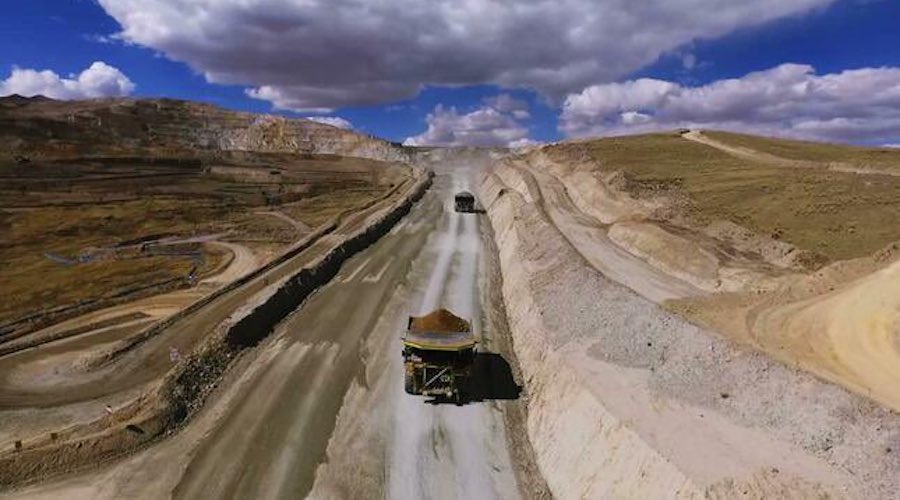
Andean communities in Peru will resume a blockade of a crucial highway used by major copper producers next week, two local leaders said on Saturday, following a truce that had allowed mining companies to restart production.
Peru, the world’s second largest copper producer, has been facing protests since the dismissal of former President Pedro Castillo on December 7, including blockades of roads through which the mining companies obtain supplies for their operations.
The communities surrounding mining operations in the interior of Peru have been in conflict with the companies for years, demanding greater share of the profits from resource exploitation. But now they are also demanding the resignation of President Dina Boluarte following protests that left dozens dead.
Residents of Espinar and Chumbivilcas provinces agreed to the strike in the Cusco region on Monday and from Tuesday will resume the blockade of the “mining corridor”, used by Chinese MMG Ltd’s Las Bambas, Glencore’s Antapaccay and Hubbay Minerals’s Constancia mines.
“We are supporting the protest against the government,” said the coordinator of the communities in the Antapaccay area of influence in the province of Espinar, Flavio Huanque.
According to the Espinar agreement document, seen by Reuters, the communities also agreed to demand the stoppage from Monday of operations at Antapaccay, Las Bambas and Constancia.
“That is the agreement, from Monday we start the regional strike and we are going to block the highway,” Carlos Quispe, one of the leaders of the defense front of the province of Chumbivilcas, told Reuters.
Reuters reported this week that large mining companies in the Peruvian Andes were seeking to resume their production gradually after the corridor was unblocked, despite the climate of uncertainty and social upheaval.
Las Bambas, which produces 2% of the world’s copper and began operating in 2016, has largely withstood the constant stoppages, while the Antapaccay deposit suffered in January the burning of part of its camp after an attack by protesters and is still in the process of reopening.
(By Marco Aquino; Editing by Drazen Jorgic and Diane Craft)
Comments